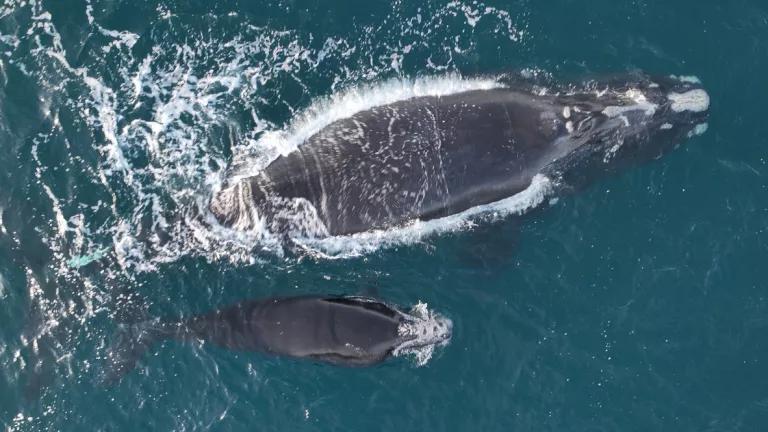If someone asked you what humankind’s most pervasive influence on nature was, what would you say? Agriculture? Deforestation? Pollution? Here’s what I bet you might not say: The loss of large predators and other ‘apex consumers’ such as lions, wolves and sharks. But this is the new finding of a study in Science that demonstrates how the loss of top predators has altered ecosystems in profound ways including changing the dynamics of wildfire, disease, carbon sequestration and other biogeochemical cycles. This study comes as debate intensifies over federal government programs that eliminate these same predators.
Around the world, many predators have declined due to habitat loss that accompanies human population growth. Large animals require large spaces. Others have been removed for our own consumption (such as in overfishing) or because the predators are considered competitors for game animals such as fish and elk, or viewed as threats to livestock and agriculture. It is under this last premise that the US government implements large scale predator removal every year through Wildlife Services – an agency within the Department of Agriculture.
NRDC has pointed to the ecological benefits that come with predators - including the remarkable transformation of the Yellowstone ecosystem following the reintroduction of wolves. We have also highlighted how these effects extend to other predators that Wildlife Service’s kills including coyotes, badgers and even river otters. Despite these arguments, however, Wildlife Services continues to kill over a hundred thousand carnivores a year claiming that the removal of these predators is not likely to have a broader impact on the ecosystem. But as James Estes, the primary author of the new report, points out, “There’s been a tendency to see (these ecological relationships) as idiosyncractic and specific to particular species and ecosystems.” It has only been within the last 10 years or so that scientists have accumulated sufficient information to document the prevasiveness of this phenomenon at a broad scale and develop a better measure of the extent to which top predators shape their ecosystems – and what happens when we lose them.
The new study includes 24 scientists from 6 different countries and documents the “top down” effects of predators around the world including large coral reef fish, killer whales, arctic foxes and sea birds. Other examples highlighted in the paper are:
The reduction of lions and leopards in part of Africa has led to population increases of olive baboons leading to increased contact with people and higher rates of intestinal parasites in both people and baboons;
The loss of sharks has led to an increase in cow-nosed rays and a corresponding collapse of mussels and other shellfish populations;
The crash of whale populations has made many ocean areas unable to support plankton and other aquatic life due to a lack of nutrients that are cycled from the ocean bottom to the surface by whales;
This study solidifies the arguments about the importance of top predators to ecosystems and the ecological complexities involved in altering these relationships. The cumulative loss of top consumers around the world, the authors point out, has lead to an overall “downgrading” of our ecosystems. "To the extent that conservation aims toward restoring functional ecosystems, the reestablishment of large animals and their ecological effects is fundamental," Estes says.
Ending the unnecessary removal of over a hundred thousand predators from our landscape each year would be a good place to start.
Check out our page on reforming Wildlife Services for more on this topic.
Scroll over images for photo credit.
Join me and our wildlife and wilderness online activists at www.Facebook.com/BioGemsDefenders




